How to Stop Yelling at Your Kids When Angry
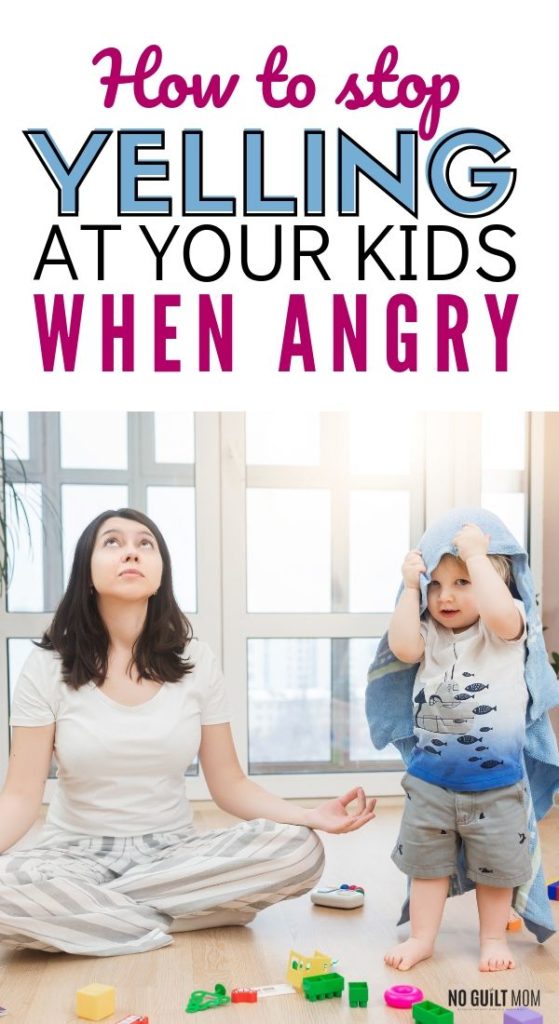
It’s the fifth time your son has whined this morning.
The screeching sound causes every single muscle in your neck to tighten. Your head feels dizzy. Seriously, whining kids could’ve been a form of medieval torture.
You take a deep breath and let it out.
You will not yell.
You will not yell.
You will not yell.
“MOOOO-OOOOMM, I can’t do it!!!!”
That’s it.
“Of course you can get a spoon from the drawer yourself! Don’t be stupid! Just go do it!”
You close your eyes. You hate that you said that. It was out of your mouth so fast.
Read: Is this why you yell at your kids?
How can you keep your cool?
FYI: This post contains affiliate links to products I love and recommend. It costs you nothing extra if you purchase through my link, but I may get a small commission
It may be your window of tolerance.
Dr. Dan Siegel and Tina Payne Bryson, Ph.D, authors of The Yes Brain describe the concept of a window of tolerance as the number of emotions you can tolerate before you either lose your temper or shut down emotionally.
Every situation has a different window of tolerance. When work demands pile up and you have a thousand meetings to attend or projects due, you may feel the stress but you’re able to handle it.
You’ve built up strategies to manage your time, make priorities and react appropriately.
That’s all it takes not to lose at home. You need more strategies in your toolbox that you can pull from instead of react emotionally.
Read: Do this one thing to stop being an angry mom
Are you reactive or receptive?
Before we can teach our kids to keep their own emotions under control, we need to make sure we control ours.
It’s hard to do, trust me, I’ve been there.
There are times when I’m so tired and overwhelmed that I break down crying. In those moments, I’m reactive instead of receptive.
Here’s the difference according to Siegel and Payne Bryson. When you’re reactive, you’re at the mercy of your surroundings. All you can do is react to what’s happening around you. You’re like an animal in flight of fight mode.
Reactivity creates a lot of stress.
But, if you’re receptive, you’re observing and noting your surrounding. From there, you can assess all the information and make the proactive choice on what to do next.
Being receptive makes you feel more in control.
How can I be more receptive?
The first step is simple – but far from easy.
Think to the last time you got mad. Odds are that before you were having a perfectly wonderful day and then something set you off.
I know this feeling well. I can be standing in the kitchen, making dinner and chatting with my kids when suddenly this knob of tension turns within me and I feel like screaming at someone.
Or, I turn all my rage inside and start degrading myself for not being a good enough mom or forgetting to do something.
Either way, it’s not pleasant.
I was triggered by something. That’s what’s happening to you too.
Be an emotion inspector
The best thing you can do is pay attention to when your feelings change and then think back to exactly what set you off AND what YOU TOLD YOURSELF about it.
I always tell myself “I’m a bad mom” or “If I was a better mom, my kids wouldn’t act like this.”
It’s never your kids’ actions that make you mad. It’s what you’re telling yourself about them.
Call your brain’s bluff
Once you figure out how you interpreted the situation. ask yourself:
“Is this true?” Try to think of any evidence in the past how this could be the honest truth. You probably won’t find any.
Flip the script
Now, reverse what you’re telling yourself. For instance, if I say “I’m a bad mom,” I would instead say, “I’m a good mom. I care about my kids and I want them to great humans.”
Notice how the new statement makes you feel. For me, I feel much lighter and instead of reacting to whatever just happened, my mind is clearer and I can be more proactive.
Practice. Practice. Practice.
This is not easy. You are retraining and rewiring your brain through this process. However, by paying attention to your emotions and inner thoughts, you’ll be better able to control your immediate reaction to your kid’s behavior.
Instead of screaming – even though you still may want to – you’ll be able to respond calmly and help your child find a new way to express his or her emotions.







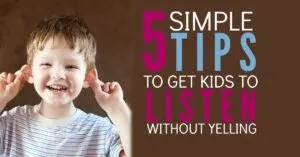



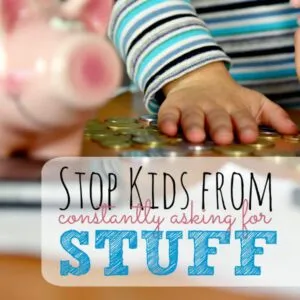





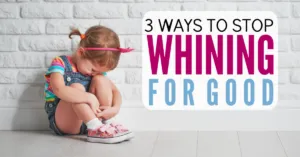
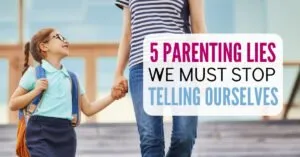


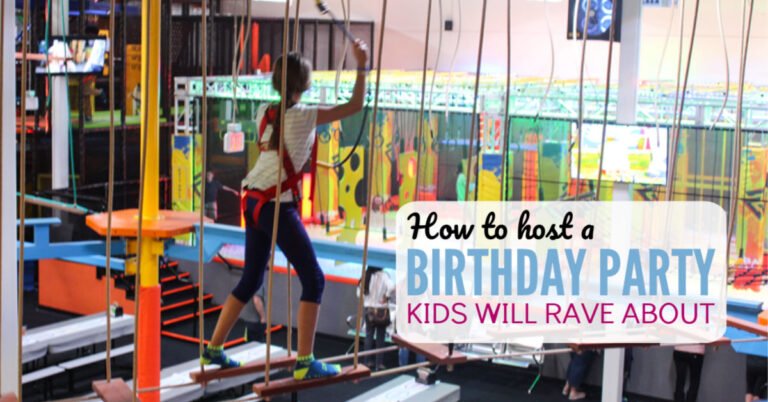
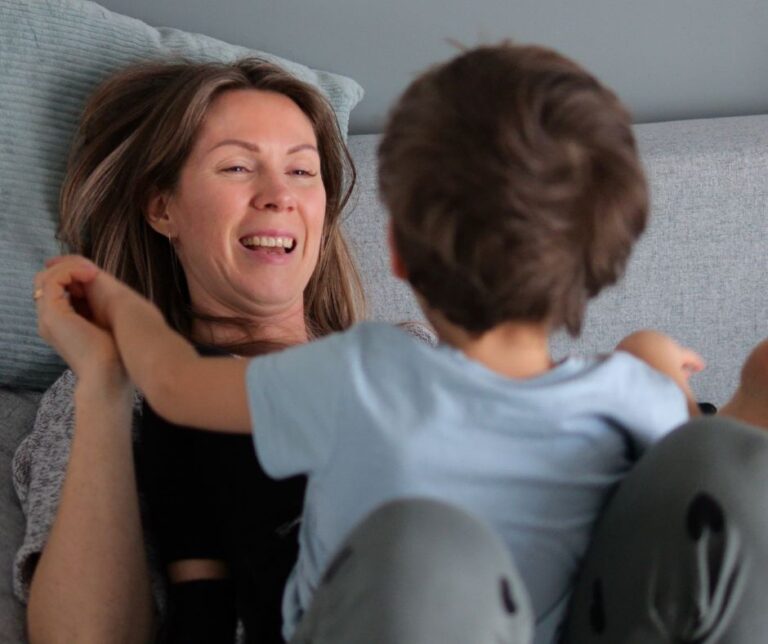


One Comment
Comments are closed.